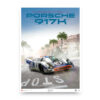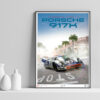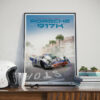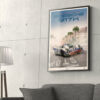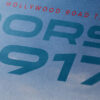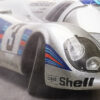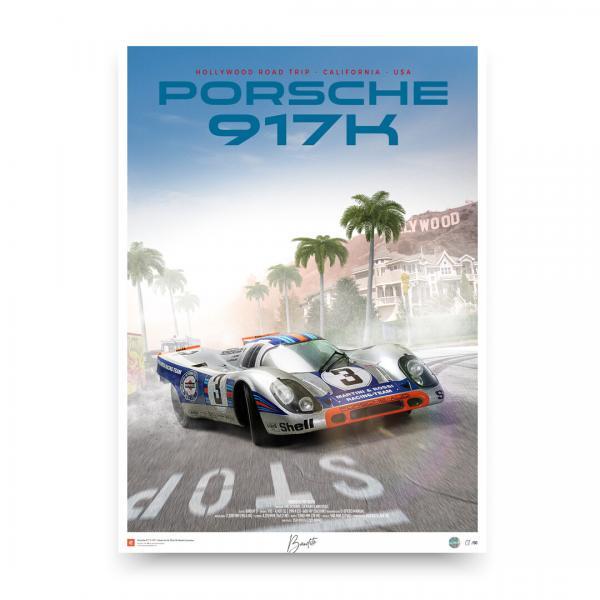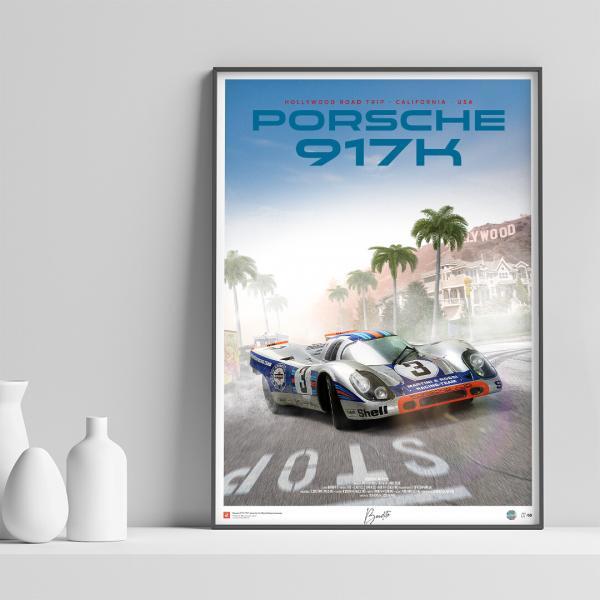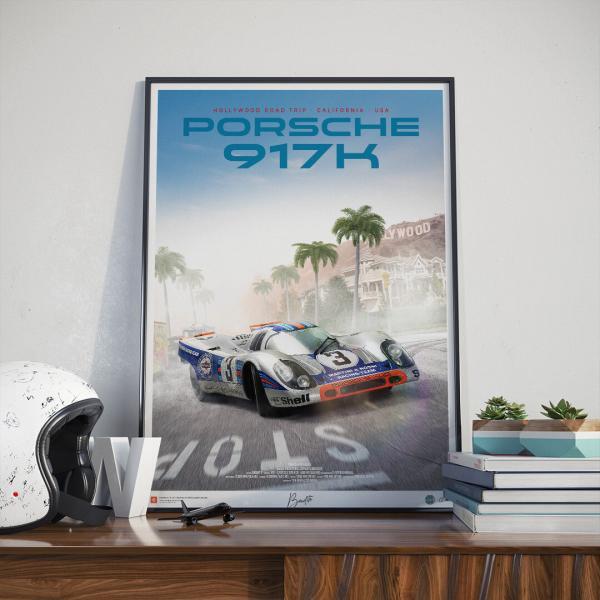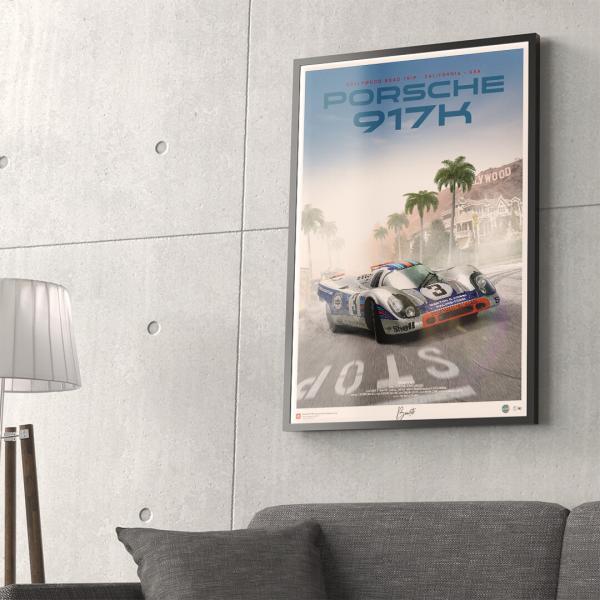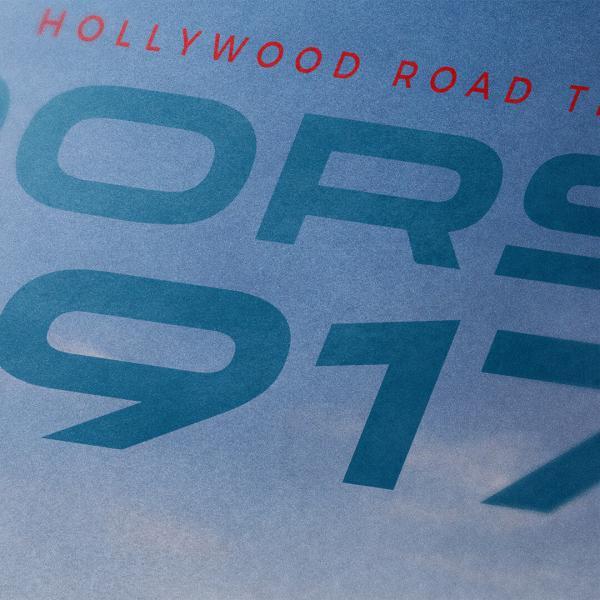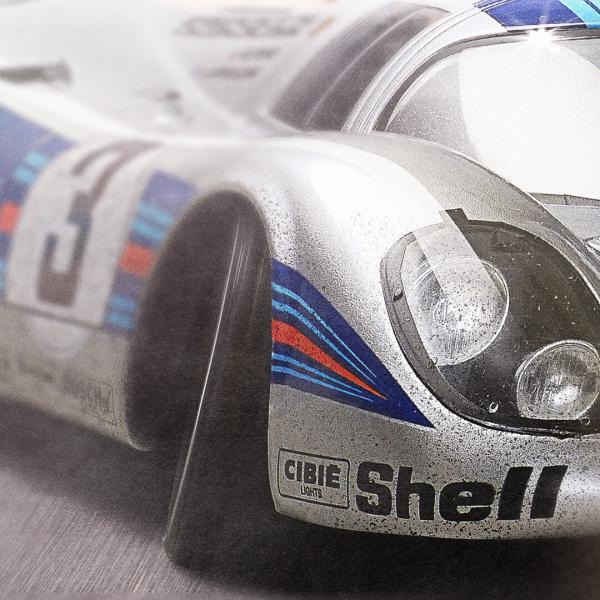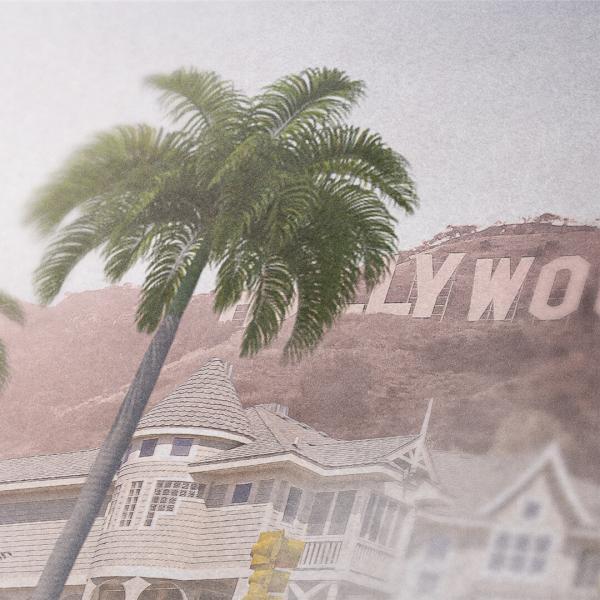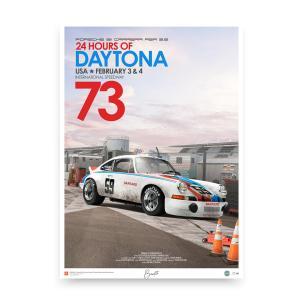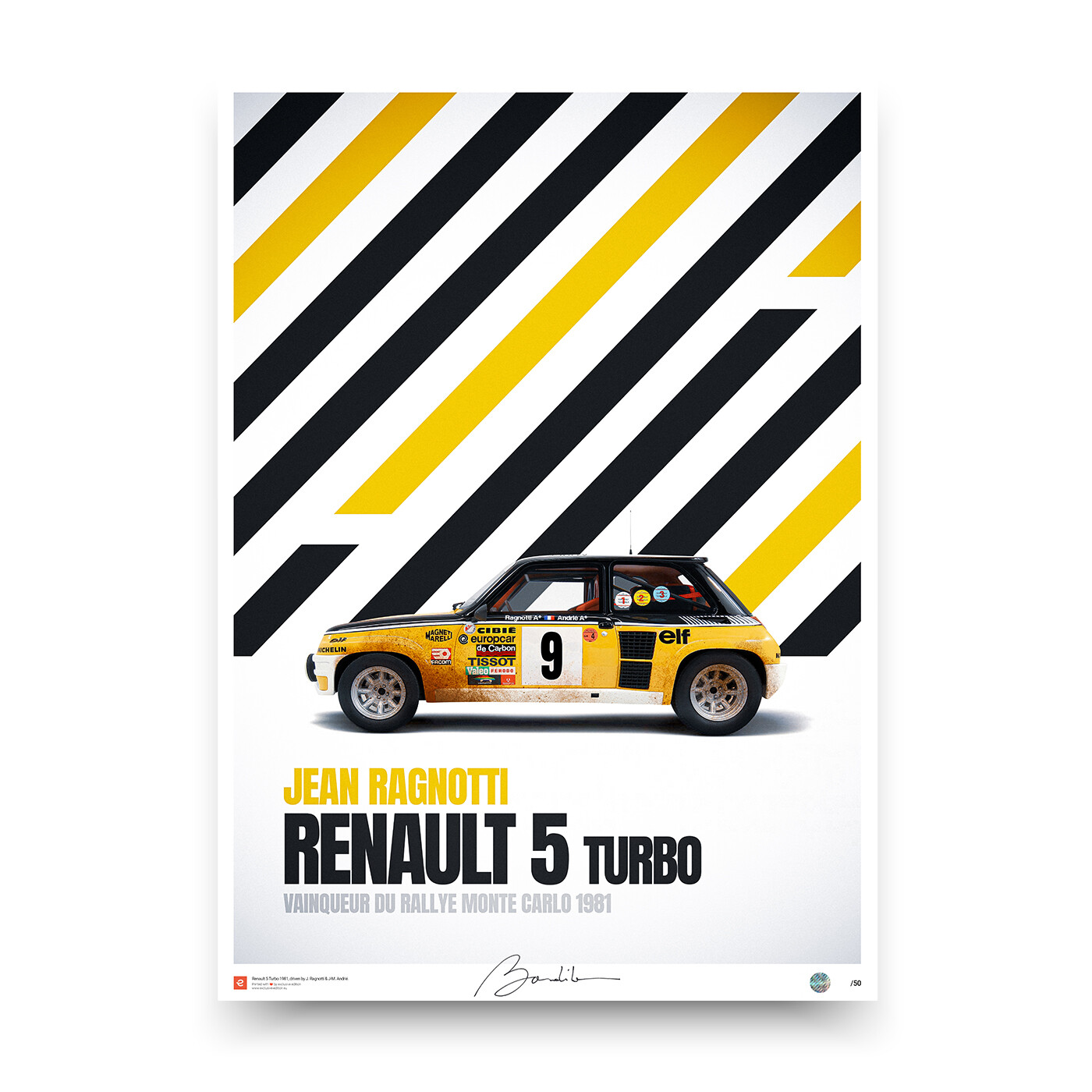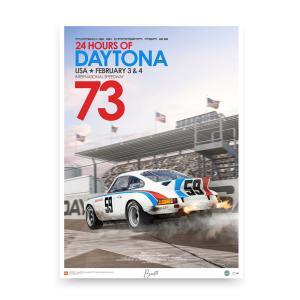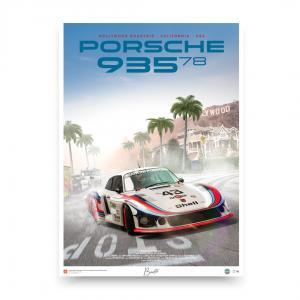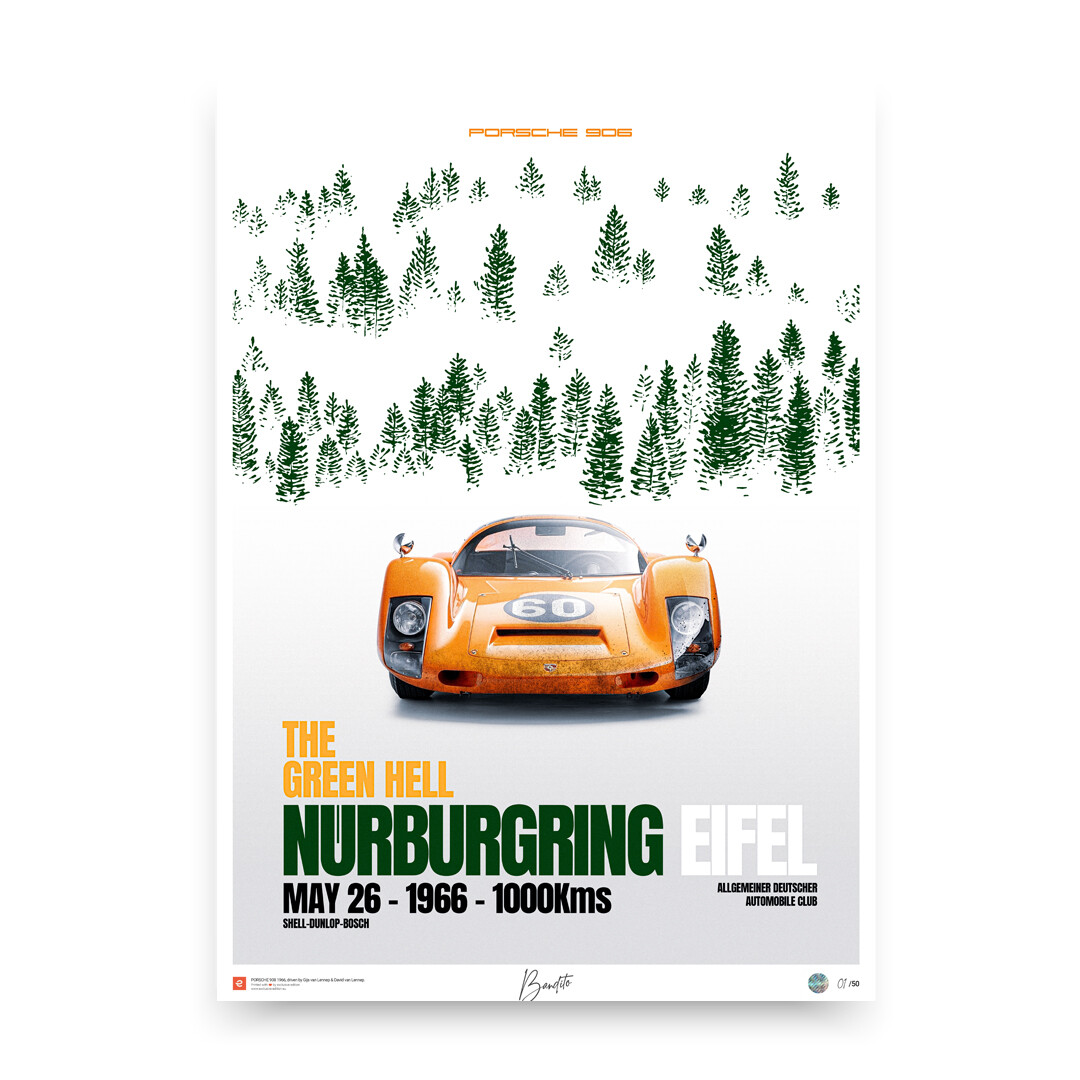Description
A bit of history

In an effort to reduce the speeds generated at Le Mans and other fast circuits of the day by the unlimited capacity Group 6 prototypes (such as the seven-litre Ford GT40 Mk.IV and four-litre V12 Ferrari P) the Commission Sportive Internationale (then the independent competition arm of the FIA) announced that the International Championship of Makes would be run for three-litre Group 6 prototypes for four years from 1968 through 1971. This capacity reduction would also serve to entice manufacturers who were already building three-litre Formula One engines to adapt them for endurance racing.
Well aware that few manufacturers were ready to take up the challenge immediately, the CSI also allowed the participation of five-litre Group 4 sports cars, of which a minimum of 50 units had to be manufactured.[5] This targeted existing cars like the aging Ford GT40 Mk.I and the newer Lola T70 coupe.
In April 1968, facing few entrants in races, the CSI announced that the minimum production figure to compete in the sport category of the International Championship of Makes (later the World Sportscar Championship) was reduced from 50 to 25, starting in 1969 through the planned end of the rules in 1971. With Ferrari absent in 1968, mainly Porsche 908s and Ford P68s were entered there, with the Ford being a total failure. As a result, old 2.2-litre Porsche 907s often won that category, with John Wyer’s 4.7-litre Ford GT40 Mk.I taking wins at faster tracks.
Starting in July 1968, Porsche made a surprising and expensive effort to take advantage of this rule. As they were rebuilding race cars with new chassis every race or two anyway, selling the used cars to customers, they decided to conceive, design and build 25 versions of a whole new car with 4.5-litre for the sport category with one underlying goal: to win its first overall victory in the 24 Hours of Le Mans on May 14, 1970. In only ten months the Porsche 917 was developed, based on the Porsche 908.
When Porsche was first visited by the CSI inspectors only three cars were completed, while 18 were being assembled and seven additional sets of parts were present. Porsche argued that if they assembled the cars they would then have to take them apart again to prepare the cars for racing. The inspectors refused the homologation and asked to see 25 assembled and working cars.
On March 12, 1969, a 917 was displayed at the Geneva Motor Show, painted white with a green nose and a black No. 917. Brief literature on the car detailed a cash price of DM 140,000, approximately £16,000 at period exchange rates, or the price of about ten Porsche 911s. This price did not cover the costs of development.
On April 20 Porsche’s head of motorsports Ferdinand Piëch displayed 25 917s parked in front of the Porsche factory to the CSI inspectors. Piëch even offered the opportunity to drive any of the cars, which was declined.
History : See wikipedia article
Collection
Porsche 917 K Martini Racing
Details
Size: Multi formats available
Print technology: UltraChrome HD 8-Color pigment ink
Paper: Hahnemühle Photo Rag® 188 gr
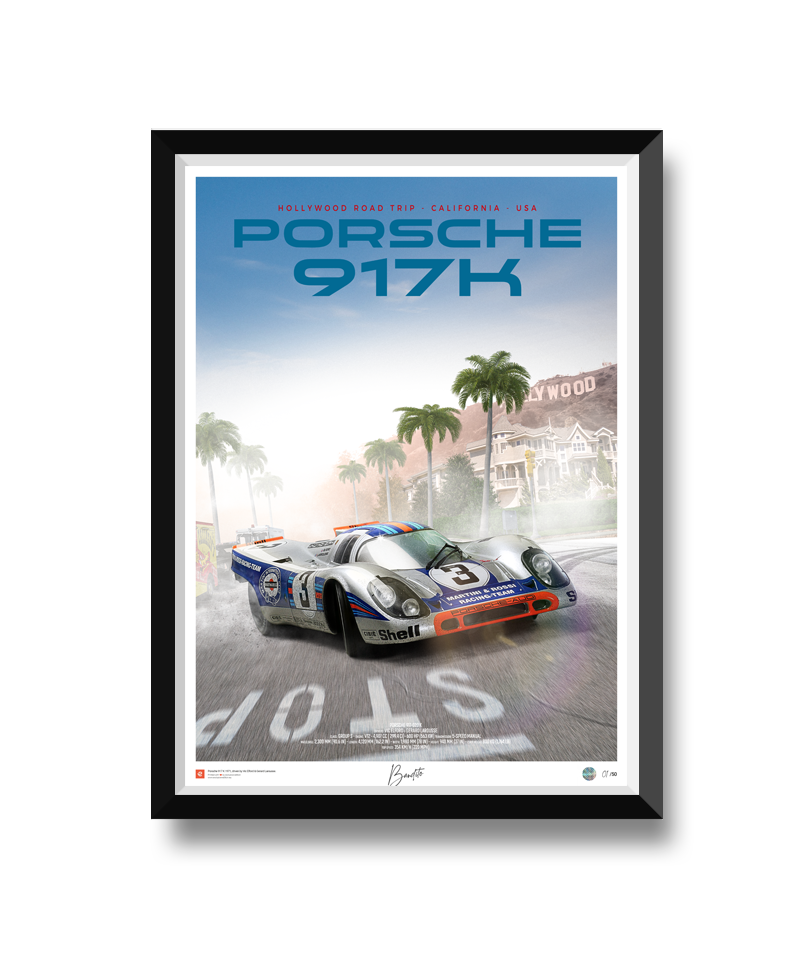
Production
Quantity: Limited edition (50)
Signed by Art Director: Yes
Numbered: Yes
Security hologram sticker: Yes
Framing: Not including
Delivery
Posters are packed and delivered in a protective tube to ensure a safe delivery.
Collection
Porsche 917 K Martini Racing
Details
Size: Multi formats available
Print technology: UltraChrome HD 8-Color pigment ink
Paper: Hahnemühle Photo Rag® 188 gr
Production
Quantity: Limited edition (50)
Signed by Art Director: Yes
Numbered: Yes
Security hologram sticker: Yes
Framing: Not including
Delivery
Posters are packed and delivered in a protective tube to ensure a safe delivery.
